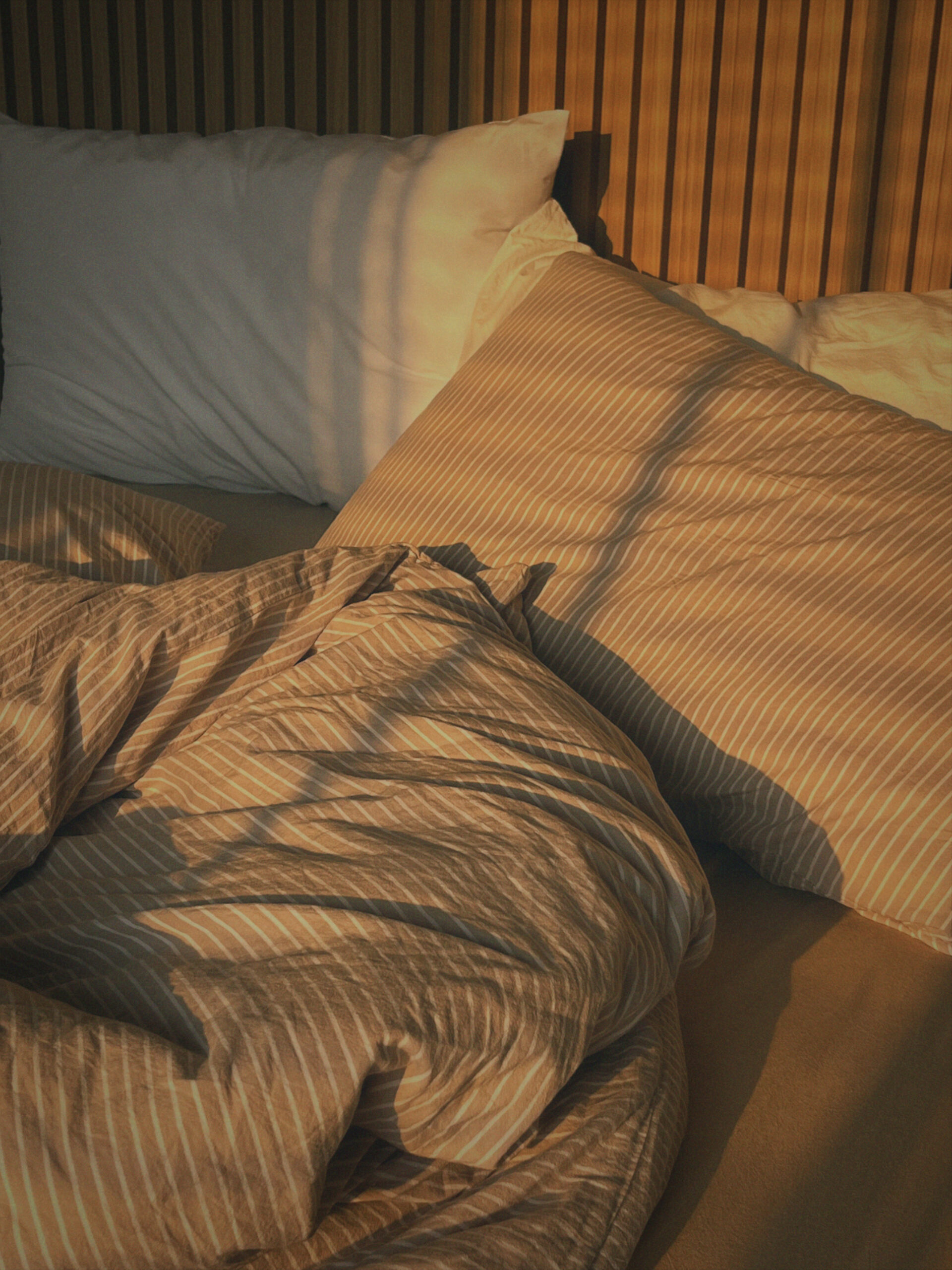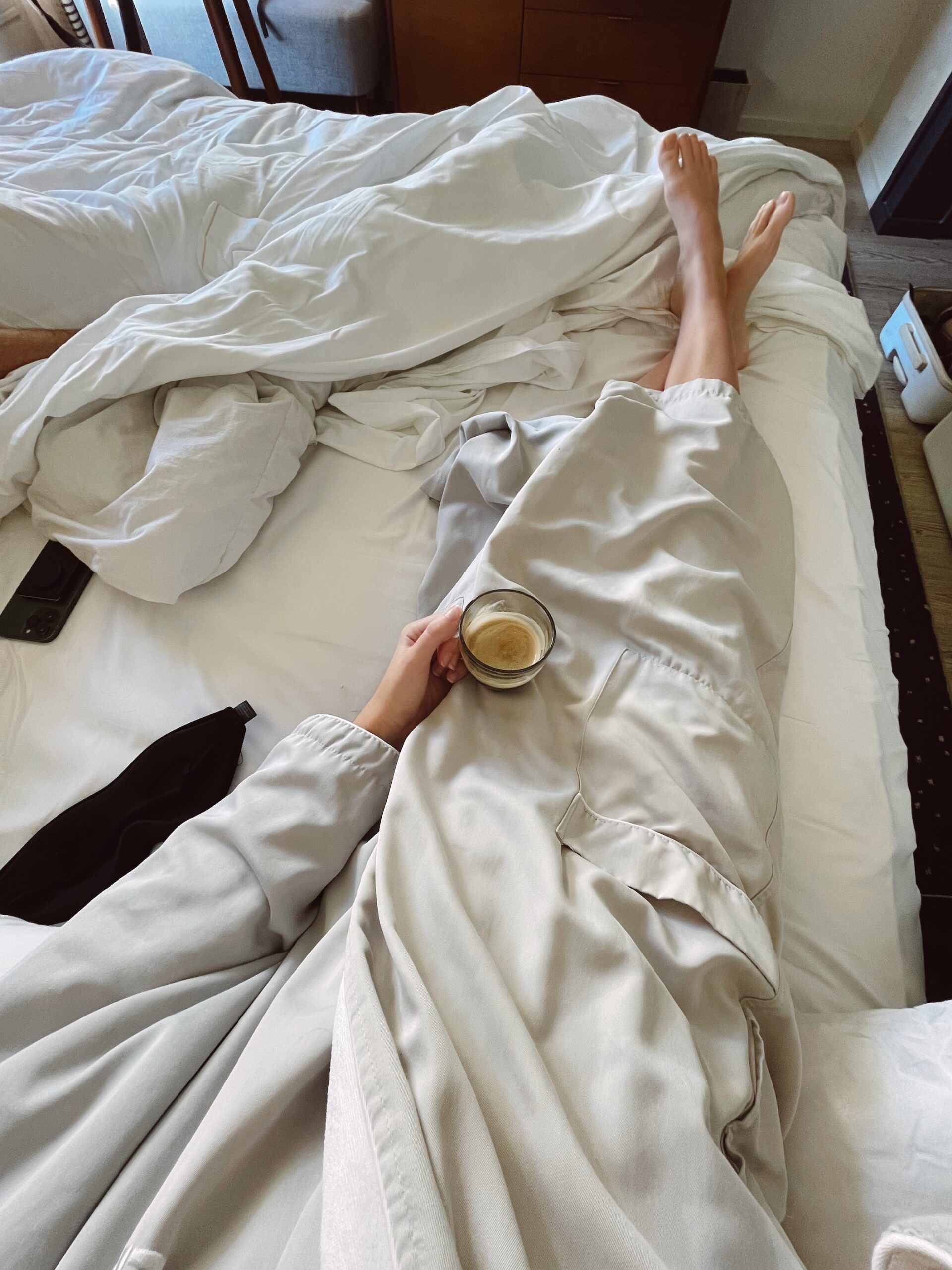
Obsessing Over Sleep Quality Can Keep You Awake
Sleep is as vital as it is elusive for many of us. We’ve all heard that eight hours of shut-eye is the magic number, right? But what if your very quest for perfect sleep is what’s keeping you awake at night? It sounds ironic, but for many, a fixation on hitting that “perfect” number of sleep hours or achieving ideal sleep conditions has become a source of stress rather than relaxation. Today, we’re diving deep into why your obsession with sleeping well might actually be the culprit behind those annoyingly restless nights. The Science of Sleep Sleep isn’t just a period when your body shuts down. Oh no, it’s much more intricate than that. During sleep, your body cycles through stages of REM (rapid eye movement) and non-REM sleep, each vital for different recovery and brain functions. Non-REM sleep is your body’s time to repair itself — think muscle growth, tissue repair, and hormone synthesis. REM sleep, on the other hand, plays a key role in memory consolidation and mood regulation. The dance starts with the circadian rhythm, your body’s natural clock that tells you when it’s time to be awake and when it’s time to hit the pillow, largely influenced by light. As night falls, your brain starts secreting melatonin, signaling that it’s time to wind down. But here’s the kicker: if you’re stressed about not sleeping, your body might just curb that melatonin production, keeping you awake. Other external factors like noise, light, and temperature also play significant roles in how well you sleep. Recognizing these influences can be the first step in understanding why obsessing over perfect sleep might actually be detrimental. The Sleep Perfectionism Syndrome Enter sleep perfectionism: the urge to control and perfect every aspect of one’s sleep. With gadgets at our fingertips tracking every heartbeat and snore, it’s easy to get caught up in the numbers game. Sleep trackers promise us insights into our nightly rest and ways to improve it, but at what cost? For some, this constant monitoring translates into a pressure to perform — sleepwise, that is. But let’s take a step back. Is knowing the exact minute you slipped into REM sleep last night really going to change how you feel today? Probably not. In fact, it might just make you more anxious about tonight’s performance. This focus on sleep perfection can mess with your head and ironically lead to sleep disturbances, including delayed sleep onset — the very thing you’re trying to avoid. The Effects of Over-Monitoring Have you ever found yourself checking your sleep stats first thing in the morning? That’s orthosomnia — a term coined to describe the obsession with achieving perfect sleep metrics. While it’s great to be informed, over-monitoring can lead to a fixation that’s more stifling than soothing. This hyper-awareness can actually disrupt the natural sleep process, creating a feedback loop of anxiety. The more you worry about sleep, the harder it becomes to achieve it. It’s like watching the clock at 3 AM and calculating how much sleep you can still get before your alarm goes off — not exactly relaxing, right? This kind of vigilance can kick your brain into high gear, fighting the very sleep you crave. What’s needed instead is a way to use these tools wisely, recognizing when they help and when they hinder your rest. Tips for Reducing Sleep-Related Anxiety If you find yourself tossing and turning over your sleep performance, it might be time to try a new approach: letting go. This doesn’t mean giving up on good sleep practices, but rather easing the mental grip you have on your nightly rest. Here are a few practical steps to help you relax and reduce anxiety around sleep: Practice Mindfulness and Meditation: These techniques can be particularly effective in calming your mind before bed. By focusing on the present moment and dismissing concerns about sleep, you can ease into a more relaxed state conducive to falling asleep naturally. Set a Technology Curfew: Try winding down without screens and sleep trackers at least an hour before bed. This not only helps reduce blue light exposure but also minimizes the pre-sleep anxiety that can come from monitoring devices. Establish a Comforting Bedtime Routine: Engage in relaxing activities like reading a book, taking a warm bath, or gentle yoga. This signals to your body that it’s time to slow down and prepare for sleep, without the pressure of achieving perfection. By shifting the focus from perfect sleep to peaceful sleep, you might just find that quality rest comes more naturally. Building a Healthier Sleep Mindset Adopting a healthier attitude towards sleep involves embracing flexibility and understanding that not every night will be perfect — and that’s okay. Here’s how you can build a mindset that supports better sleep without the obsession: Embrace Natural Variability: Accept that sleep needs can vary from night to night. Some nights you might sleep like a log, and others, you might find yourself awake at odd hours. Recognizing and accepting these natural fluctuations can reduce anxiety. Focus on Quality Over Quantity: Rather than obsessing over the number of sleep hours, focus on how rested you feel. Quality sleep can be more rejuvenating than a longer, restless night. Create a Restful Environment: Ensure your bedroom is conducive to sleep. This means comfortable bedding, a cool temperature, and minimal noise and light. By making your sleep environment inviting, you help set the stage for a good night’s rest without the stress. As we wrap up, remember that while sleep is crucial for health, obsessing over it can ironically lead to the very issues you’re trying to avoid. It’s about finding a balance that allows for restful sleep without the anxiety of perfection. By understanding the impacts of sleep perfectionism and adopting a more relaxed approach to your nightly rest, you can enjoy deeper, more restorative sleep. Feel free to shift your mindset from a focus on perfect sleep to one of natural, peaceful rest. Trust in your









